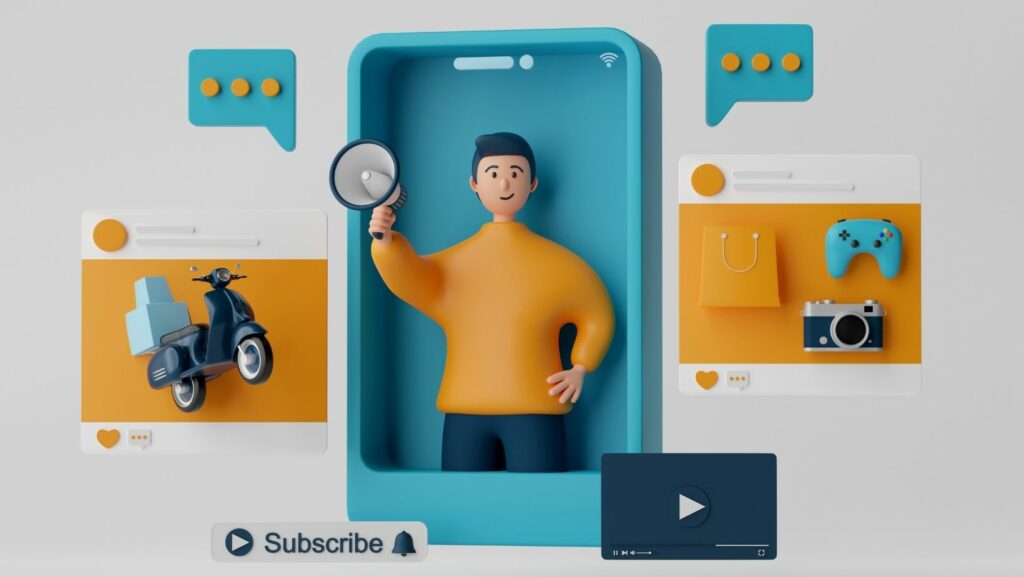As paid advertising becomes more competitive, eCommerce brands are under growing pressure to deliver high-quality, high-converting creatives at scale. Static designs and manual processes no longer cut it especially when advertising across platforms like Meta and Google with dynamic product feeds. To stay ahead, marketers are turning to creative automation tools that help streamline production, personalize visuals, and increase return on ad spend (ROAS).
One popular option is Confect.io, a platform designed to help eCommerce marketers create dynamic product ads with full control over branding and messaging. Confect allows teams to design templates that automatically update based on product attributes such as price, discount, stock status, or category. This enables advertisers to produce thousands of visually consistent and performance-optimized creatives in a fraction of the time it would take manually.
Confect’s strengths lie in its flexibility and its focus on performance marketing. Users can define rule-based design logic, run campaigns aligned with real-time promotions, and ensure all visuals adhere to brand guidelines without needing a designer for every new creative variation. It’s particularly useful for mid-size and large eCommerce companies running multiple campaigns across product categories or regions.

That said, Confect is not the only tool available. Depending on your needs, there may be a suitable Confect.io alternative worth considering especially if your team is looking for more simplified workflows, broader channel coverage, or deeper analytics integration.
Some alternatives focus more on creative testing than automation. For example, platforms like Marpipe are designed to help teams test hundreds of creative variations by combining different headlines, visuals, and CTAs. While this is great for A/B testing brand messaging, it may not offer the same level of automation for catalog-based product ads.
Other tools, like ROI Hunter or Smartly.io, offer more advanced campaign management features but may come with steeper learning curves and higher costs. These platforms often appeal to agencies or enterprise-level advertisers who need to manage complex media buying across multiple ad channels. However, they may lack the intuitive creative design features that make Confect appealing to in-house teams focused on performance marketing.
When evaluating a Confect.io alternative, consider the following factors:
- Design flexibility: Can you fully customize ad templates to match your brand identity?
- Automation rules: Does the platform allow you to automate creative updates based on product attributes?
- Ease of use: Is the interface built for marketers, or does it require design or technical support?
- Performance insights: Can you track which creatives perform best and make data-driven design decisions?
- Integration with platforms: Is it optimized for the channels where you run your ads such as Meta’s dynamic product ads?
Ultimately, the best creative automation platform for your business depends on your goals, team structure, and ad strategy. Whether you choose Confect or a Confect.io alternative, the key is to find a solution that scales with your brand, supports dynamic creative needs, and empowers your team to move faster without compromising on quality or performance.

